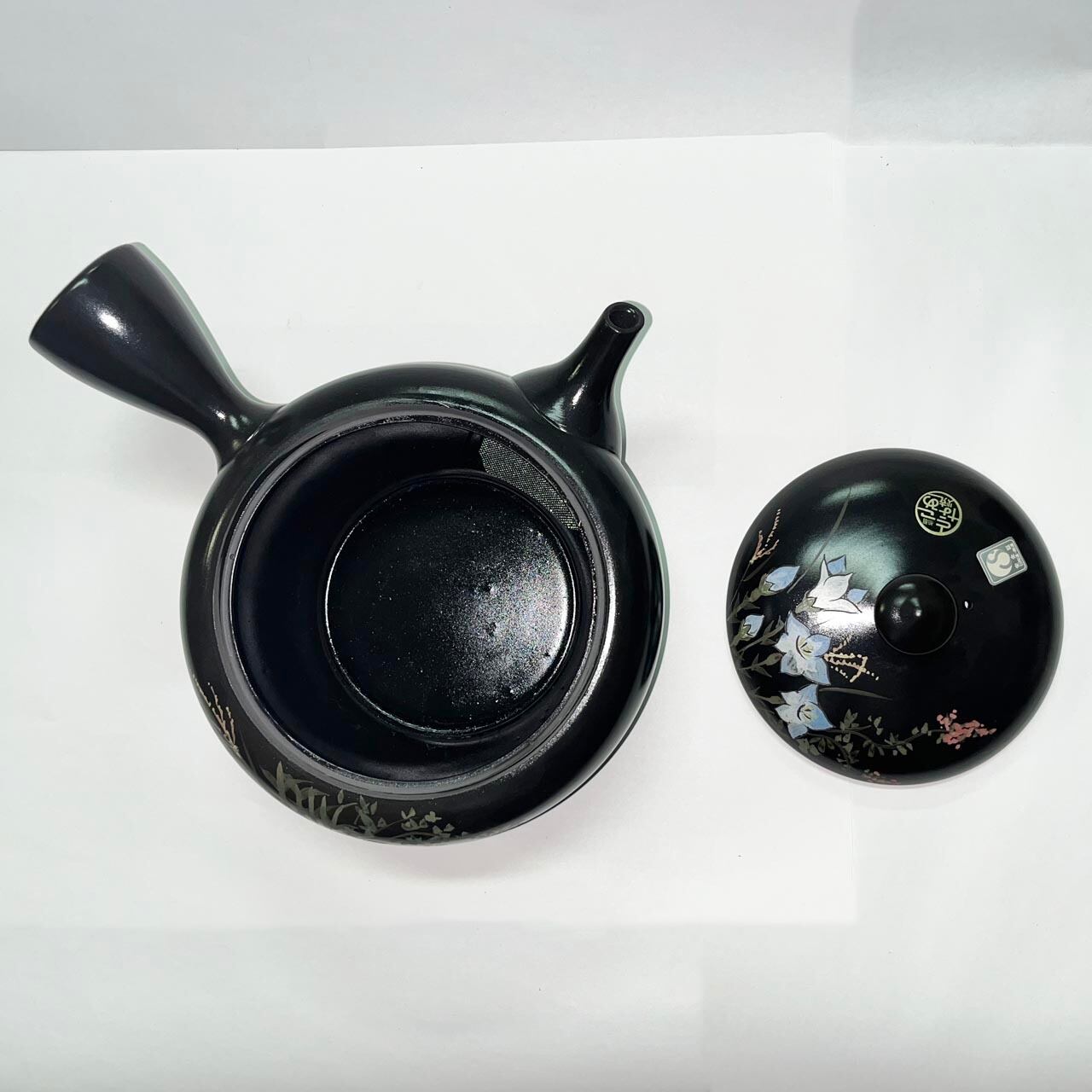






常滑焼 大型急須 / Tokoname yaki large teapot
¥11,000 税込
残り1点
この大型急須は、日本の伝統的な常滑焼で作られています。素朴ながらも美しいデザインが特徴で、その存在感はどんなテーブルにも映えます。豊かな湯の味を引き出すため、丁寧な手作りで作られています。
この急須は、職人さんたちの想いが込められています。常滑焼はその美しい焼き色や質感は、熟練の技術と長い歴史から生まれたものです。
この急須と共にお茶をいれる時間は、日常の一瞬をゆったりと過ごす特別な時間になることでしょう。あなたの手で淹れたお茶の香りと、急須から注がれる湯の音が、心を癒してくれるはずです。
日本の伝統工芸品であるこの常滑焼の大型急須は、あなたのティータイムを贅沢なひとときに変えてくれます。ぜひ、この美しい作品との出会いを大切にしてください。
---------------------------------
Q:常滑焼(とこなめやき)とは?
A:常滑焼は、日本の愛知県常滑市を中心とした陶磁器の伝統的な窯元です。「日本六古窯(にほんろっこよう)」(瀬戸・常滑・信楽・丹波・備前・越前)と呼ばれています。平安時代末期には、知多半島の丘陵地に常滑を中心に穴窯が広がり、山茶碗や壺などが作られました。この時代に作られた焼き物は古常滑と呼ばれます。中世常滑窯は当時最大の生産地で、大型の皿や茶碗が特徴でした。室町時代には生産が拡大し、大型の甕や壺が遠隔地へ船で運ばれました。江戸時代には真焼けの陶芸品が増え、明治時代には平地窯や機械化が導入され、食塩焼きが現れ、土管・焼酎瓶・建築陶器、衛生陶器も登場し、近代産業へ進化しました。大正から平成にかけて技術と生産が急速に進歩し、現在の状況に至りました。
===================
This large teapot is made from traditional Japanese Tokoname yaki. It features a simple yet beautiful design, and its presence shines on any table. It is carefully handmade to bring out the rich taste of the hot water.
This teapot contains the thoughts of craftsmen. Tokoname-yaki's beautiful color and texture are the result of skillful techniques and a long history.
The time you spend making tea with this teapot will be a special time to spend a moment in your daily life. The scent of tea brewed by your hands and the sound of hot water being poured from a teapot will soothe your soul.
This large Tokoname ware teapot, a traditional Japanese craft, will transform your tea time into a luxurious moment. Please cherish your encounter with this beautiful work.
---------------------------------
Q : What is Tokoname yaki?
A : Tokoname yaki is a traditional pottery pottery centered in Tokoname City, Aichi Prefecture, Japan. At the end of the Heian period (794-1185), anagama kilns spread across the hills of the Chita Peninsula around Tokoname, known as the "Six Ancient Kilns of Japan" (Seto, Tokoname, Shigaraki, Tanba, Bizen, and Echizen). Tea bowls and pots were made. Pottery made in this period is called Ko-Tokoname. Medieval Tokoname kiln was the largest production area at that time, and was characterized by large plates and bowls. During the Muromachi period, production expanded, and large-scale jars and pots could be obtained by ship to remote areas. In the Edo era, the number of ceramics made with true ware increased, and in the Meiji period, flat kilns and mechanization were introduced, salt-grilled products appeared, clay pipes, shochu bottles, architectural ceramics, and sanitary wares appeared, evolving into a modern industry. Technology and production progressed rapidly in the future, leading to the current situation.
-
送料・配送方法について
-
お支払い方法について
¥11,000 税込


























